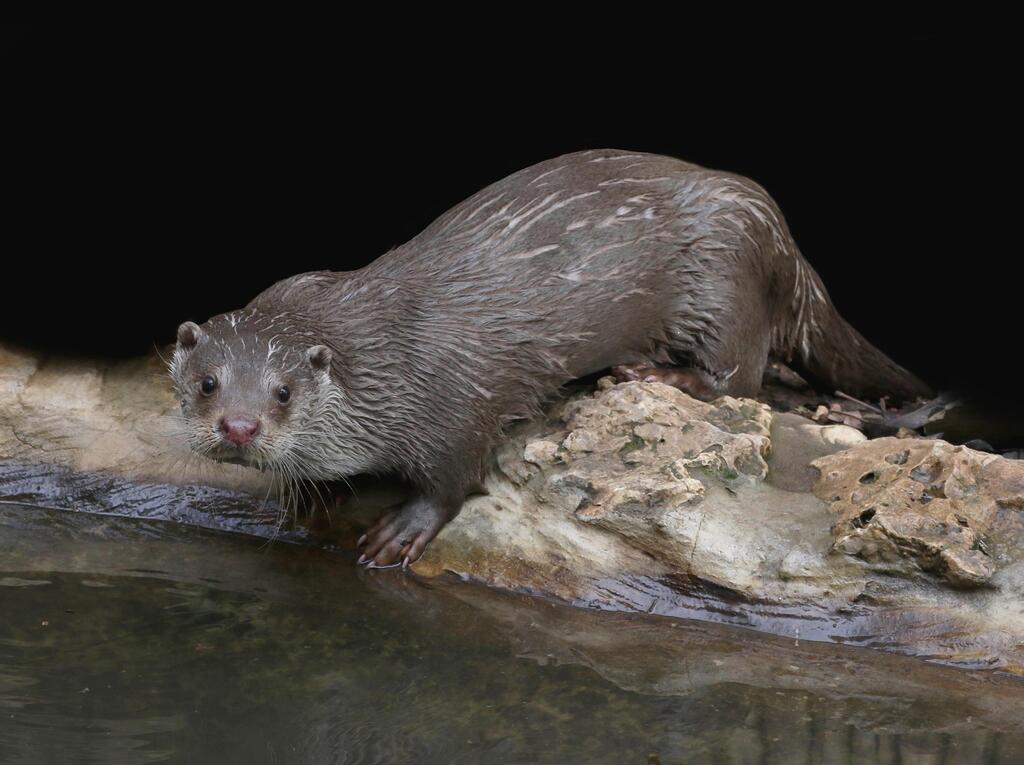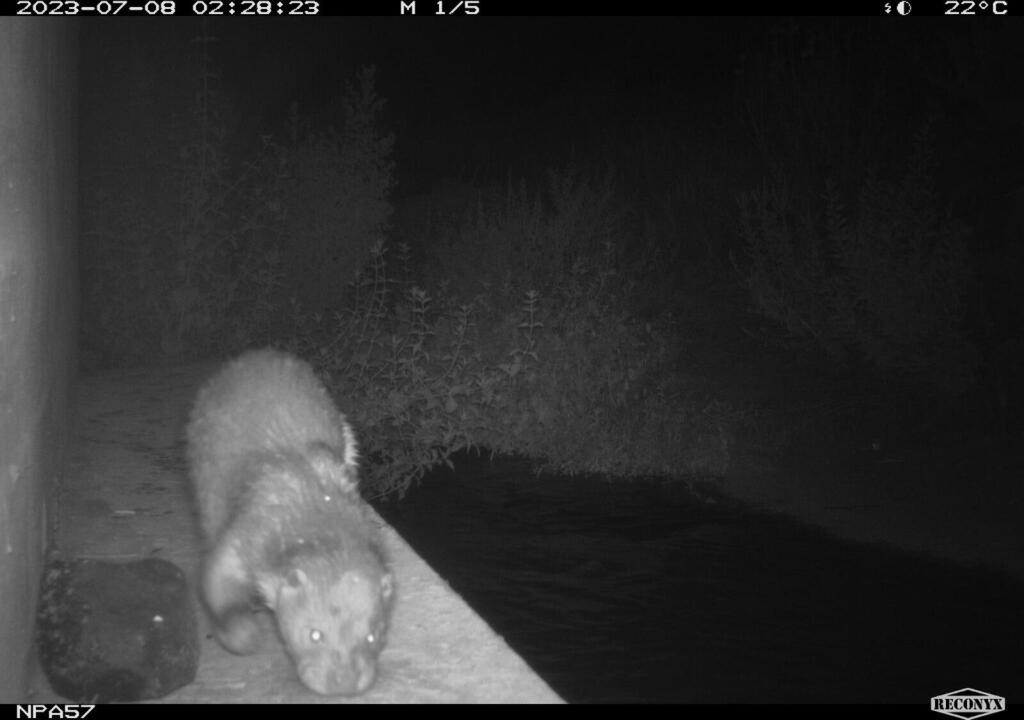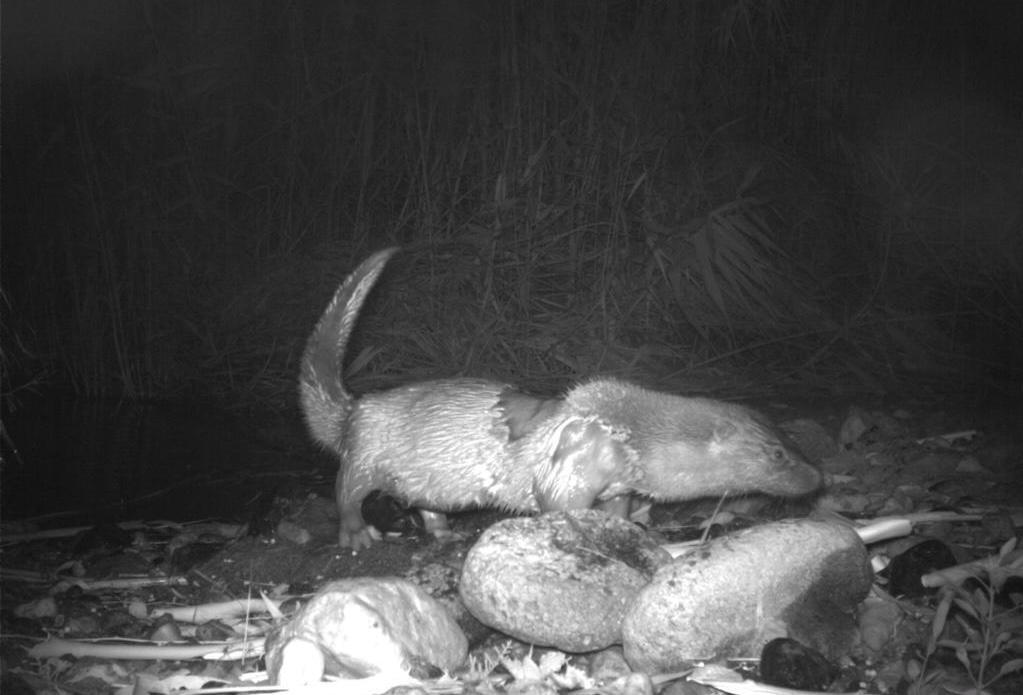Otters, classified as critically endangered were captured on cameras set up by the Nature and Parks Authority at one of the crossings designated specifically for animals. The Eurasian otter - a predatory mammal that lives in aquatic environments.
More stories:
The otter is a type of predatory mammal that inhabits rivers or ponds. Unfortunately, otters are frequently injured by vehicles. In the past 15 years, over ten individuals of the species were killed in the Hula Valley while attempting to cross roads.
Strangely enough, otters tend to avoid crossing roads at water crossings, which leads to significant waterways. Many of the accidents occur very close to these crossings.
The Eurasian otter's distribution ranges across Europe, many parts of Asia, and some parts of North Africa. Israel marks the southernmost global distribution area of the species. However, the otter population in Israel has drastically declined in recent years and seems to have disappeared from streams in the Golan Heights, Harod Valley, Beit She'an Valley, and Jezreel Valley.
Today, otters are found in the Upper Jordan River basin, the Hula Valley, the Sea of Galilee region, and the Jordan Valley. Findings from a 2020 otter survey suggest they have a relatively stable population in two areas: the Hula Valley and the streams converging into it, and the Sea of Galilee region. Signs of otter presence have also been discovered further south along the southern Jordan River, possibly indicating a southward population spread.
According to estimates, there are fewer than 100 otters in Israel. The decline in the otter population is attributed to the degradation of their habitat, disruption of their breeding sites due to roads and infrastructure, and water pollution.
Various pollutants have significantly affected the fish population in the otters’ habitats, leading to an increase in water turbidity, which complicates hunting for the species. Currently, the Eurasian otter is classified as critically endangered.
"Based on experience gathered both in Israel and around the world, we know that the addition of land bridges above the water level can benefit otters," Dotan Rotem, an open-space ecologist at the Nature and Parks Authority explained.
Cameras were set up by the Nature and Parks Authority to monitor the situation. One otter was observed crossing one of the northern water crossings, where four others were killed in the past decade.
Rotem added that this project gives hope for the continued prosperity of the otter population in Israel and the possibility of reintroducing them to areas where they were no longer observed.
To encourage the use of these crossings, a guiding barrier was installed, preventing otters from ascending onto the road and directing them toward the proper crossing. In addition to otters, other species such as mongooses, martens, and various other rodents also utilize these dry shelves in order to cross.
Recently, the Nature and Parks Authority, the National Roads Company of Israel, and TikTok launched a joint campaign to rescue wildlife on roads. Every year, more than 2,000 animals are documented killed by vehicles across the country, but the actual number is much higher, as many accidents occur away from the road and go unreported.




